No goat left behind
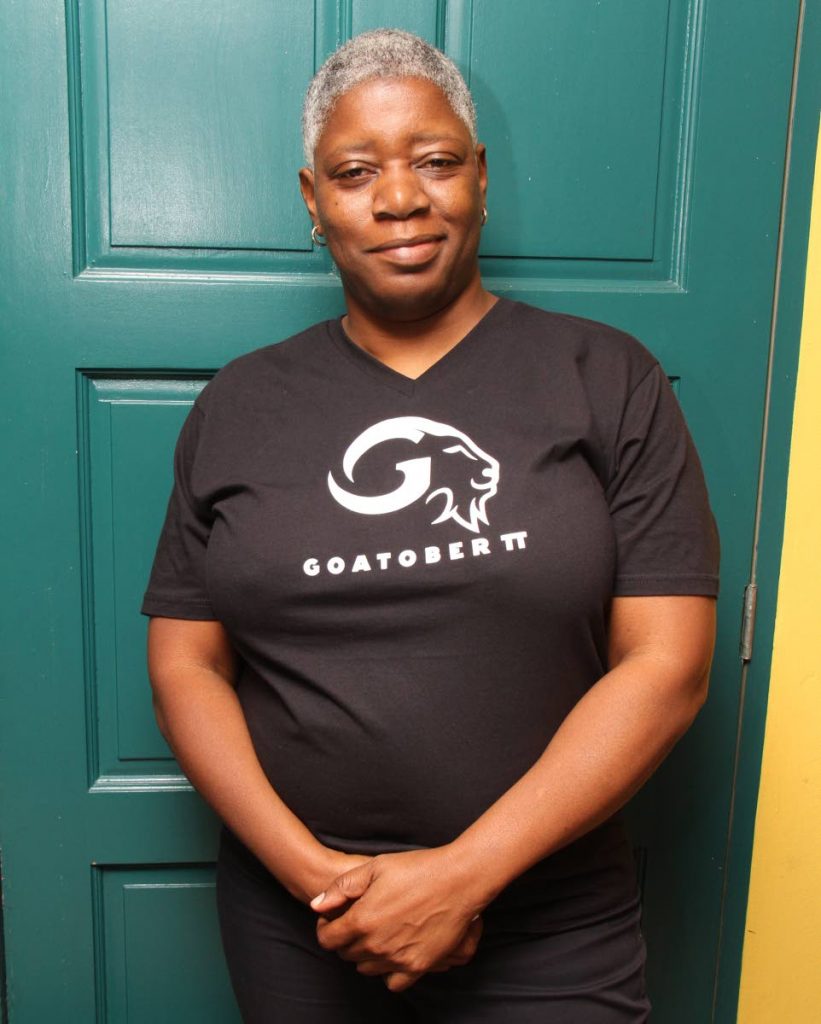
Goatober culminates on October 19, and there will be a series of related events that month, including a gala dinner at Krave Restaurant in Marabella.
There are more ways to cook a goat than currying it. Goat is a sustainable and delicious food source that can be used in many ways, such as barbecue goat, goat cheesecake, goat milk ice cream and goat meatballs.
GoatoberTT wants people to think differently about the goat industry in TT.
This was the message of the launch of GoatoberTT on June 26 at the RBC Lounge at the RBC Hospitality Suite, Queen’s Park Oval, Port of Spain.
Organiser of GoatoberTT Franka Philip has been working for the past few months with goat farmers and chefs to change the goat-consuming culture of TT. Philip contacted Goatober activist and the chef who literally wrote the book on goat recipes, James Whetlor, to teach both farmers and chefs about making a meal out of goats.
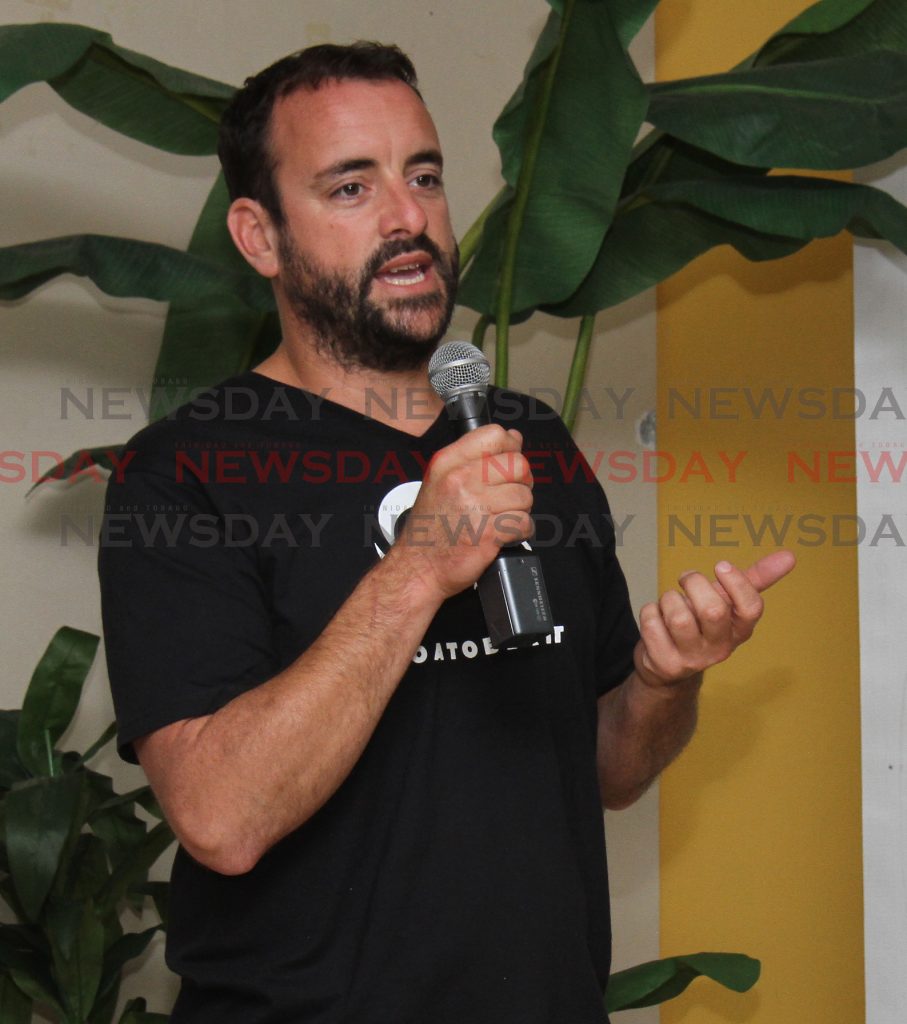
PHOTO: ANGELO M. MARCELLE
Goatober was launched in 2011 by the Brooklyn-based company Heritage Foods USA as a part of its "no goat left behind" project. Whetlor explained in the US goat meat was not a typical part of the US or European diet, so dairy farms would kill billy goats, especially kids, because they only needed goat milk. To combat this problem, Goatober was created to work with farms to introduce goat meat into restaurants.
Philip would like to do the same by working with chefs to incorporate goat meat into their menu and with farmers to show them how to butcher the meat to suit the needs of chefs.
Currently the most abundant form of goat meat comes in cubes for currying, but Philip hopes this can change, starting with a weekend full of a goat-meat education drive.
On Thursday Whetlor held a workshop with the TT Goat and Sheep Society to show the farmers goat fabrication and about the goat value chain.
On Friday the organisers held a workshop at the Academy of Baking and Pastry Arts called GOAT – More than Just Curry, where Whetlor and chef Bianca Bianco taught about goat butchery, as they cooked dishes from Whetlor’s book Goat Cooking and Eating.
Today a cookout is scheduled for Bianco’s St Joseph home, where she and Whetlor will wine and dine guests with delicious goat dishes.
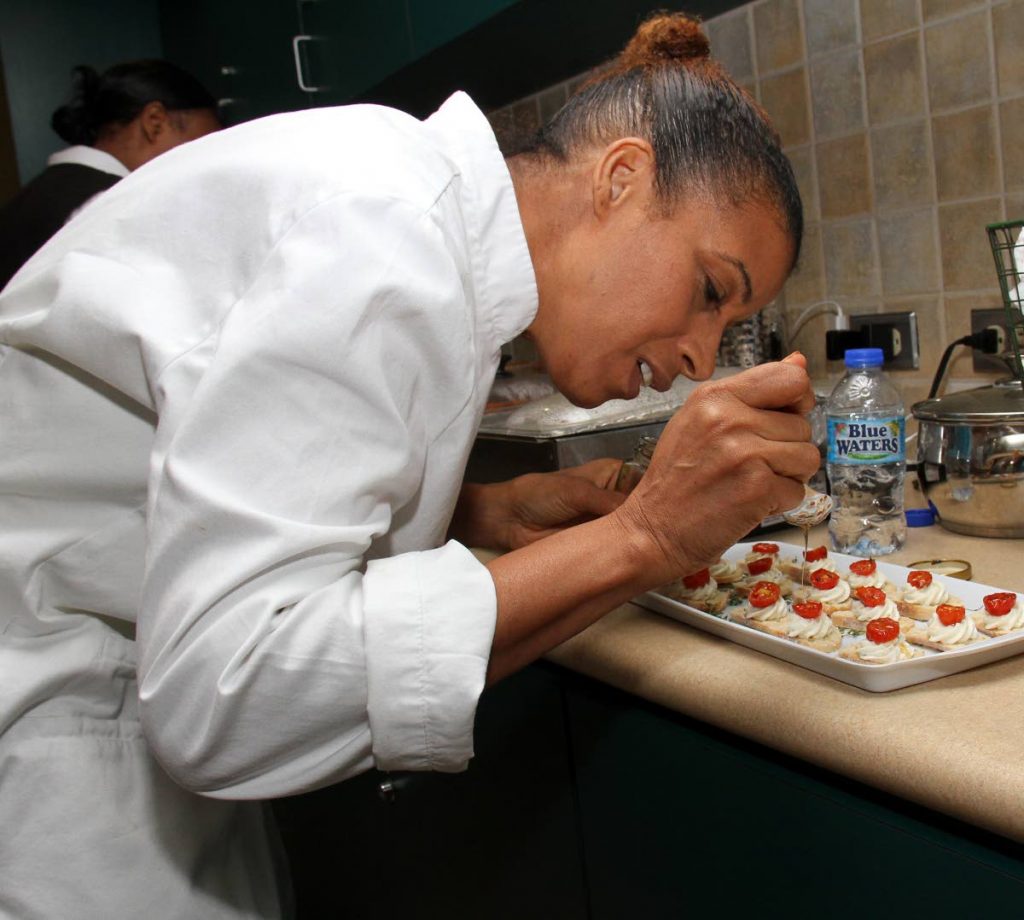
GoatoberTT celebrations will end on October 19 with a goat gala at Krave Restaurant in Marabella . The proceeds will go towards sending a TT goat farmer for an internship on a US farm to learn international best practices.
As goat is lean meat, one must be careful about cooking it. Bianco told Newsday it has to be cooked very slowly on a low heat, or very high.
“You have to be very careful with overcooking it. We don’t have the experience of cutting the different parts of the goat, so we don’t get what we are looking for. We have to be careful as a cook that goat is very lean with little fat – unless you’re dousing it with fat, you have to be careful. You just choose your poison, decide what you want to achieve, and either roast it low and slow, or cook it at very high sauté heat,” she said.
GoatoberTT focuses on the sustainability and ethics of goat farming. Rearing goats have a smaller carbon footprint than cows, and eight goats can be raised in the same space as a cow.
President of the TT Goat and Sheep Society Ravi Renie said he is grateful to GoatoberTT for showcasing all the potential of goat meat and dairy. He has worked closely with Philip to help GoatoberTT develop a relationship with various goat farmers.
He said goat milk and dairy products are easily available in the groceries, but to get TT goat meat, most times people have to contact the farmers or the society directly, and most goat meat people buy is imported.
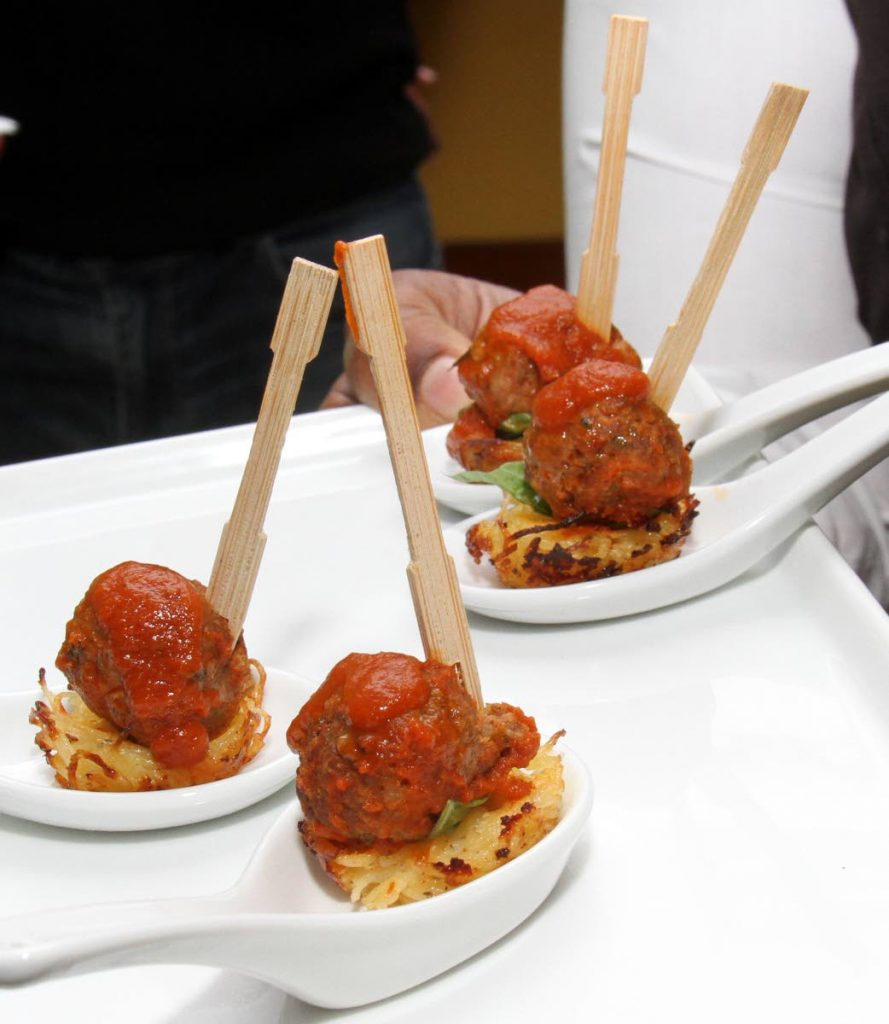
“Every Tom, Dick and Harry buys goat meat. They eating goat – but they aren’t eating local goat. Most of the goat meat in the market are imported meat,” he said.
He said one could taste the difference between local and imported goat meat. However, the best way to tell in the supermarket if the goat is imported or local is to see if the meat is frozen rather than chilled.
“Most time the imported meat would be sold frozen. The imported meat is fattier. Our meat is a lot leaner,” he said.
The society is working with supermarkets to introduce a local goat meat section in groceries so consumers would not have to guess if the meat is local or not.
Renie also said goats’ milk can be a good substitute for those who cannot digest cow’s milk. GoatoberTT organisers want people to see goat dairy products as an option on the market.
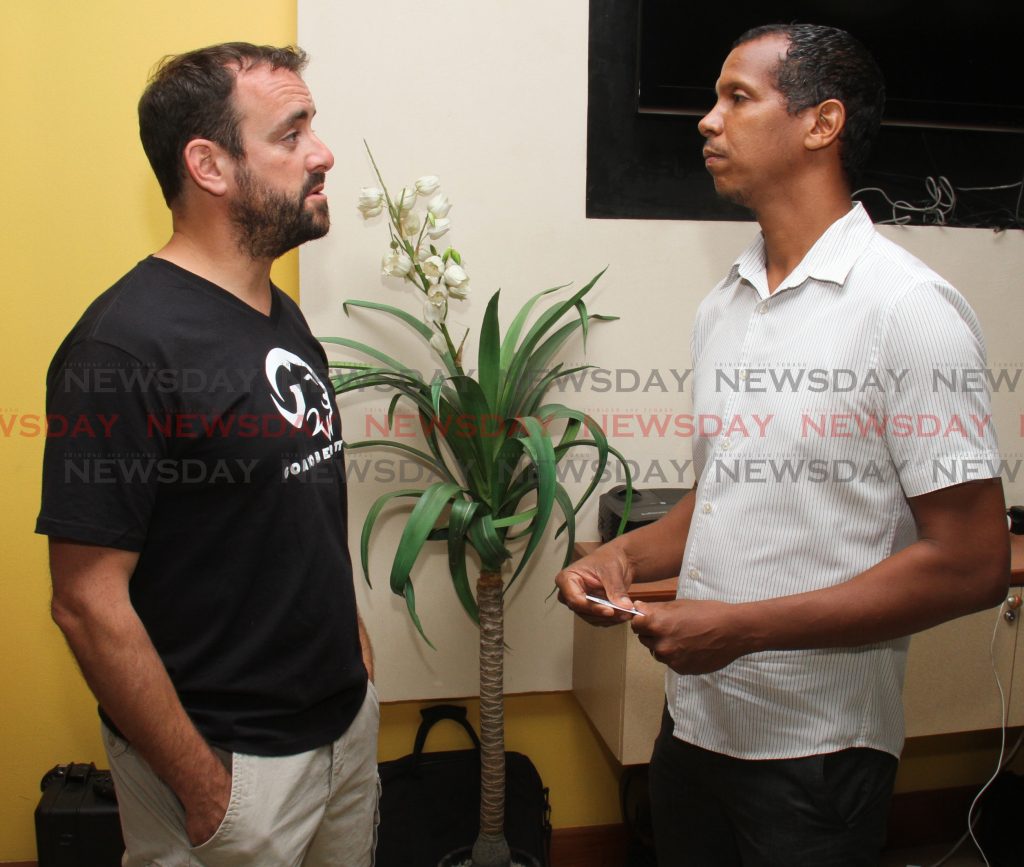
PHOTO:ANGELO M. MARCELLE
The launch also highlighted different goat cheese, milk and yogurt products available from farmers who are members of the society. Goat farmer Lindsay Gay, who produces local milk, was there with samples of his vanilla and pineapple goat milk, which are available in local groceries. Lincoln Thackrie, another farmer, makes goat yoghurt called Marilissa in flavours such as sorrel and pineapple.


Comments
"No goat left behind"